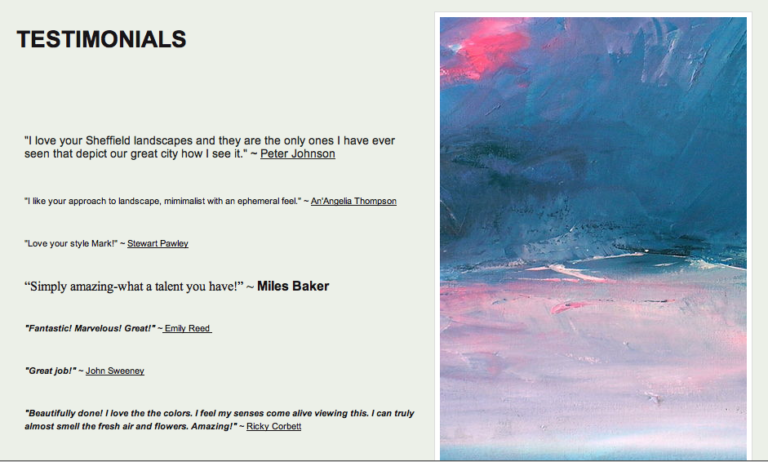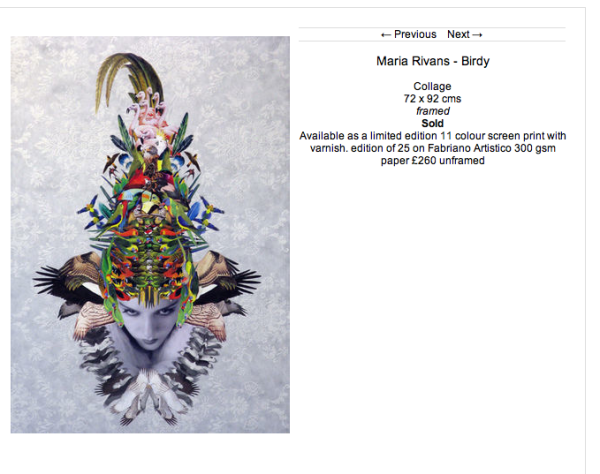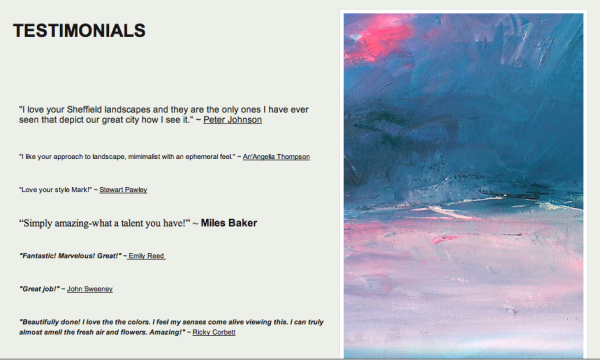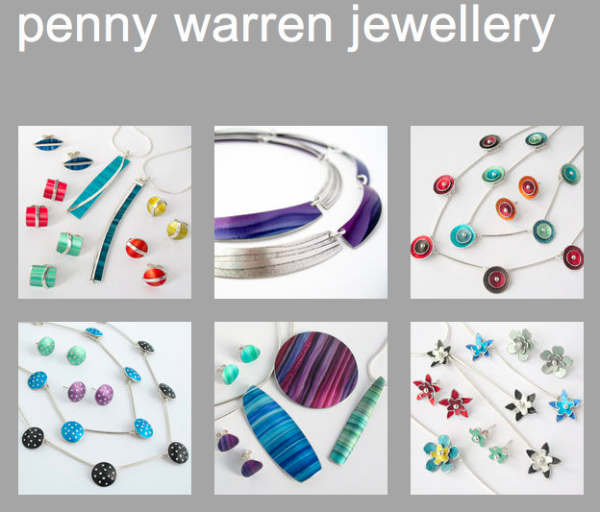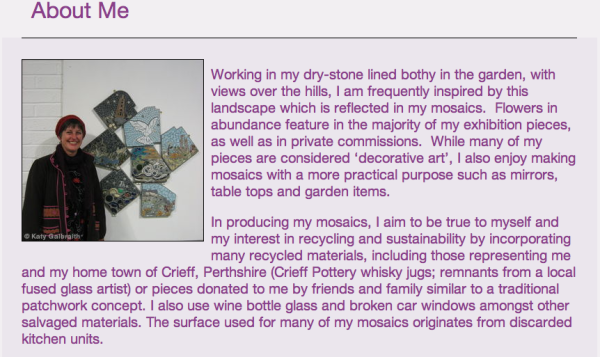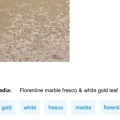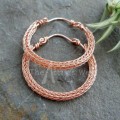Here on the ArtWeb blog, we’ve talked a lot about how to get your website out there and generating more traffic – social media and online networking, newsletter mail-outs, postcards and business cards, holding exhibitions, networking face to face… Whatever your methods, all of these efforts might not make a huge difference if your website isn’t encouraging people to buy your work! Here are a few tips to transform those hard-earned visitors into paying customers…
1. Buying Options
You might have a beautiful framed print that someone instantly falls in love with. The problem is, framing is an expensive process, so to make sure you make a profit, you’ll have to price that at a higher level – perhaps too high for the customer in question. Most people who stumble across work online will likely be drawn in by an impulse purchase, but higher priced items are less likely to be so enticing. If they are looking for a gift, they’ll likely have a budget, and without you there in person (like at an exhibition or art fair), it’s going to be hard to persuade someone to part with their cash if it’s more than they’re wiling to pay.
We’re not saying sell yourself short of course – you should never be making a loss on your artwork! But in this scenario, there are benefits to having multiple options for selling your work. For example, offering an artwork as both framed and unframed will appeal to different people. The quality of your artwork is exactly the same, but people will appreciate having these options to decide what suits them. Obviously, these variants only apply to mediums where multiples can be made (such as photography, print-making, or limited edition reproduction prints of other artworks).
Another great thing to do is to offer a variety of sizes. That way, you are opening up your target audience dramatically with very little effort. Again, a lot of people buying art online will be acting on spontaneous decisions, and many artists find that they are more successful with lower priced art work (selling larger quantities), and tend to make bigger sales at art fairs or exhibitions. A 3x3M painting might do really well as a 30x30cm print, of which you can set a limited edition run. The great thing about this is, you can still sell the original artwork later down the line when your perfect buyer comes along, but in the meantime you can still make a profit from the work through online sales.
Here’s an example by Liberty Gallery, who are selling collage artist Maria Rivan’s original work as limited edition prints, in a run of 25, unframed:
2. Testimonials
The importance of customer testimonials is even more important when selling artwork (or anything, in fact) online. Depending on how your visitor finds your site, they may never have met you before, or heard of you. It could be the first time they’ve seen your work, so they might not have any understanding of your professional status or reputation.
Here’s where including feedback and reviews from past customers becomes a great tool in building instant trust new potential customers. Try to include feedback that not only refers to your professional standards, but also to the quality of the artwork – how it looks and feels in real life. This will help new customers visualise the artwork in their hands, and to back up what they’re seeing in online.
To learn more about how customer reviews can boost sales, read our full blog post on the subject right here.
Here’s an example of a testimonials page from painter Mark Wilson:
3. Clear terms
Having concise and descriptive T&Cs on your website is absolutely essential. Like testimonials, it’s all about building trust in your audience. Without guidance and promises on your behalf regarding delivery times, postage costs, return policies etc., it will be unclear to customers about where they stand once they’ve purchased something from your site. It’s also a way of protecting yourself if any issues come up at a later date. Luckily, ArtWeb has an automatic T&C’s builder, so it’s super easy to set this up on your ArtWeb site!
Here’s an example from Jacq Le Breton’s website of how Terms and Conditions might look.
4. Quality Images
We’ve said it before… good photography is perhaps the most important thing in selling your artwork online. Even if your painting, print, or sculpture is beautiful in real life, a badly lit, wonky image taken in your shed just isn’t going to do it justice. It’s common sense of course, but it’s surprising how many people don’t follow some simple rules to taking good photographs of their work. We have a whole article dedicated to the subject here, but here are a few tips to summarise:
- Make sure your artwork is photographed straight on and central in the frame – skewed corners or odd angles don’t represent your artwork well
- Make sure it is evenly lit – outside on a cloudy, overcast day is ideal. Flash should be avoided if possible, as it can create odd reflections if not used properly (if you’re a pro with flash photography then go for it of course!)
- Plain backgrounds – remember, not in the shed!
- Details – take numerous photographs if necessary to translate the detail in your work. This is a great way to show the quality and texture of the artwork itself.
Here’s an example of some great photography on our recently featured website, Penny Warren Jewellery:
5. The artist behind the art
The personal touch immediately increases people’s ability to connect with you as an artist. By including a profile photo, an honest biography, and some background about how you got into art-making, you’re connecting with your audience on a whole new level. Buying online can feel a bit impersonal generally, so by showing the artist behind the art, you’re giving yourself a much better chance of selling. Continuing this personality throughout the whole sales process is also a way to encourage repeat sales, so why not include a handwritten thank you note when you mail the work. See our ‘packing your artwork‘ blog post to see other tips on making packaging your own!
Mosaic artist Katy Galbraith has a fantastic ‘about me’ section:
We hope these tips help in transforming your website traffic into customers, and if you have any tips, please feel free to share in the comments box below!

